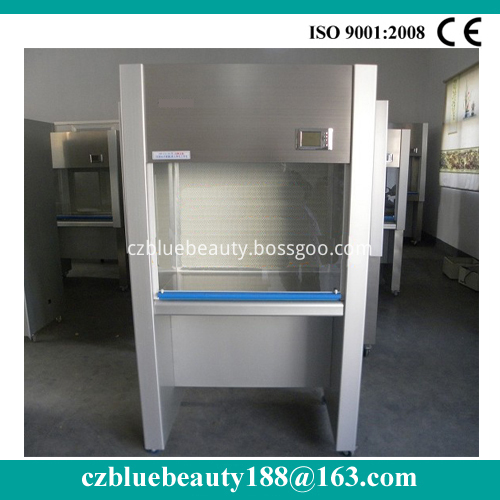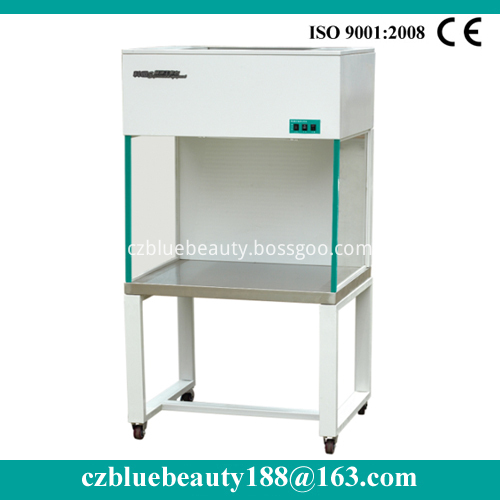Piglet diets have good organic acids
The addition of organic acids to the diet of piglets is very effective in promoting the growth and development of piglets, anti-stress and disease prevention. The following is a brief introduction of the role and effect of some organic acids in pig production and reference for pig farmers.
Addition of citric acid, lactic acid, calcium formate, and fumarate can promote piglet growth
Experiments have shown that adding 1.0%, 1.5%, and 2.0% citric acid to piglets fed 25 days increased average piglet weight by 3.7%, 6.7%, and 9.2%, respectively. The increase in the amount of addition decreases and the best effect is to add 2%. Jiangsu Institute of Animal Husbandry added 0.8% lactic acid to piglets drinking water to increase the weight gain of piglets by 9.9%. Some people added 1.3% calcium formate to a diet of 5.5 kg to 7.4 kg of piglets, and the feed conversion rate improved by 3.8%. Adding 0.9% or more reduced the incidence of diarrhea in piglets. Dietary supplementation of 1.5% calcium formate The daily gain and feed efficiency of piglets from 3 weeks to 8 weeks increased by 12% and 4%, respectively. From the viewpoint of economic benefits and practical effects, the addition of calcium formate is appropriate from 1.3% to 1.5%. Add 1.5% to 2% fumaric acid to the diet to increase average daily gain, feed intake, and feed utilization by 9%, 5.2%, and 4.4%, respectively, for dry matter, crude protein, and nitrogen-free rations. The digestibility of matter and ash increased by 2% to 3%. The accumulation of calcium and phosphorus increased by 14% and 13%, respectively. The total amount of magnesium and zinc accumulated increased by 43%.
Add fumaric acid to protect against piglet stress
Under stress conditions, piglets can easily lead to decreased production performance, reduced resistance, and increased mortality. If fumarate is added to the diet of piglets, piglets can use it for the emergency synthesis of ATP in the presence of stress factors, because the pathway for forming energy from fumarate is shorter than glucose. Studies have confirmed that the suitable dosage for applying fumaric acid as an anti-stress agent is 100 mg/kg of body weight. The feeding time was 10 days to 15 days before sow farrowing; the suckling piglet was from 5 days to 7 days to 15 days to 20 days; the piglets were weaned, grouped, and inoculated about 10 days after inoculation.
Addition of formic acid, propionic acid, lactic acid and fumaric acid can prevent piglet diseases
Experiments show that the addition of organic acids to the diet of piglets can reduce the pH value of the stomach of piglets, which is beneficial to the propagation of lactic acid bacteria in the gastrointestinal tract. It can inhibit the reproduction of harmful bacteria such as E. coli to a certain extent, maintain the balance of intestinal microecology, and prevent Reduce diarrhea. In addition, the organic acid itself also has a bactericidal effect, such as 0.2% to 0.4% fumaric acid can kill staphylococcus and streptococcus, 0.4% can kill E. coli, with 2% added to the wet feed stored at a high temperature of 30 °C To prevent the growth of harmful microorganisms, the feed is not deteriorated within 4 months; formic acid and propionic acid inhibit the action of Salmonella, mold and Clostridium; Lactic acid has a strong killing effect against some viruses and Gram-negative bacteria. Therefore, the addition of organic acids to the diets of piglets can effectively reduce the incidence of diarrhea in piglets, increase weaning weight, feed utilization, and piglet survival.
Laminar Flow Cabinet is in a specific space, indoor air by the filter at the beginning of the pre-filter by small centrifugal fan pressure, static pressure, then through secondary filtration, high efficiency air filter out of the high efficiency air filter surface wind blown clean air has certain and uniform cross section wind speed, can rule out the workspace of the original air, to take away dust particles and biological particles, in order to form high sterile clean working environment.
Parameter\Model
SW-CJ-1D
SW-CJ-2D
Clean grade
100 Grade@≥0.5μm (209E)
Number of bacteria
≤0.5 per utensil.hour (¢ <90mm> utensil)
Average wind speed
0.3~<0.6m>/s (adjustable)
noise
≤62dB
Half peak value of shaking of shaking
≤5μm
Illumination
≥300Lx
Power supply
AC single-phase 220V/50H
Max. power consumption
0.4KW
0.8KW
Weight
85kg
150 kg
Dimension of working area
700×500×500(W×D×H)mm
1300×570×1600(W×D×H)mm
Overall dimension
850×570×1550(W×D×H)mm
1150×500×500((W×D×H)mm
Specification and number of high effective filter
760*610*50*
610*610*50*
Specification and number of light from firefly/ ultraviolet light
20W*
30W*
Suitable number
Single
Double



Laminar Flow Cabinet,Laminar Flow Bench ,Biosafety Cabinet ,Laminar Airflow Hood
Cangzhou Blue Beauty Lab Instrument Co., Ltd. , https://www.czlabinstrument.com